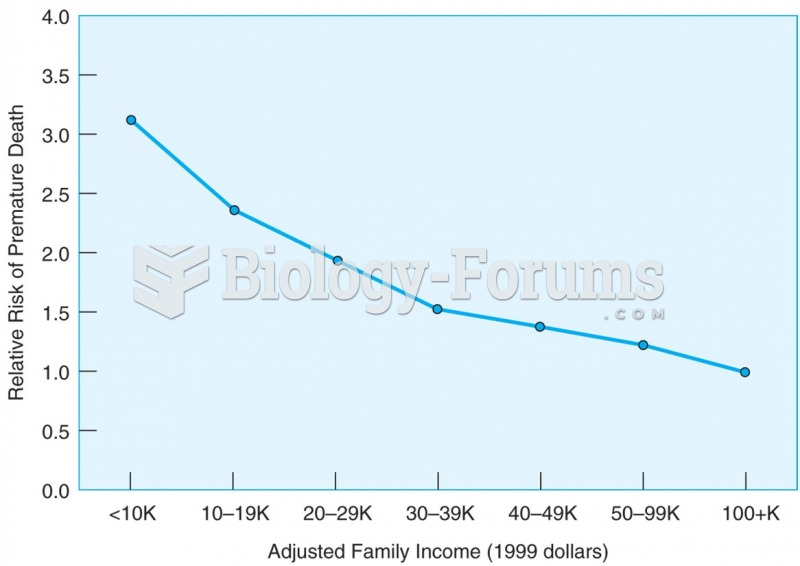Answer to Question 1
The authors present a discussion of the use of the moral dilemma on page 41 . Students read the dilemma, identify relevant issues, and under the teacher's guidance, try to resolve the dilemma. One advantage of using moral dilemmas to accelerate moral reasoning is that the process of examining one's reasons for resolving moral dilemmas might enhance cognitive reasoning in other tasks. There are, however, several limitations of this approach. One is that there is often a gap between a person's proposed course of action and her actual behavior (recall the studies on the link between moral reasoning and moral behavior). Second, moral dilemmas are based on such broad macromoral issues as civil rights, free speech, the power of the state, and the sanctity of life. But people also experience dilemmas about everyday micromoral issues that revolve around interpersonal relationships, such as courtesy, helpfulness, and loyalty. A third limitation is that moral dilemmas provide no insight into the contribution that other characteristics make to moral behavior, such as self-concept and personal beliefs.
Answer to Question 2
Operant conditioning theory emphasizes that voluntary responses spontaneously emitted by a person become strengthened or weakened, depending on the consequences that follow. These consequences are technically referred to as positive reinforcers, negative reinforcers, and punishers. Behaviors that are followed by positive and negative reinforcers are more likely to be repeated under similar circumstances. Behaviors that are followed by punishing consequences are less likely to reoccur under similar circumstances. This explanation is based entirely on the observation and measurement of observable stimuli and behaviors. Social cognitive theory emphasizes that human behaviors are shaped through the reciprocal interaction of personal characteristics, behavior patterns, and environmental factors. Although social cognitive theory recognizes and includes the role of reinforcing and punishing consequences on behavior, it also includes the effects of such internal states and processes as people's beliefs, emotions, and cognitive processes.
Operant conditioning theory emphasizes that a change in an organism's behavior pattern is the only basis for concluding that learning has occurred, and that internal processes, such as thoughts and emotions, have no place in scientific psychology. Social cognitive theory, in contrast, emphasizes that internal states and processes, as well as the person's physical and social environment, influence our behavior.







